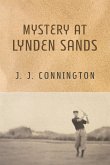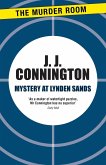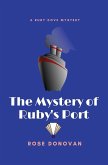The plot of Mr. Connington's The Eye in the Museum (1929) is woven round the unexpected death of Mrs. Fenton. Was it a natural death, due to heart-failure, as the medical history of her case seemed to suggest? Or was it caused by the accident of an overdose of a sleeping-draught? Or was there something further in the background? Who was most likely to profit by her death? Her niece, who had expectations from the estate? The husband, from whom she was separated, and who had every reason to wish to be free from her? The agent who looked after some of her property, and whose books were not above suspicion? Or one of her friends who held an insurance policy to cover her I.O.U.'s? Mr. Connington is established as a master of the story of pure detection. Discarding all superfluities, he has made of detective fiction a genuine minor art with its own laws and its own conventions.








